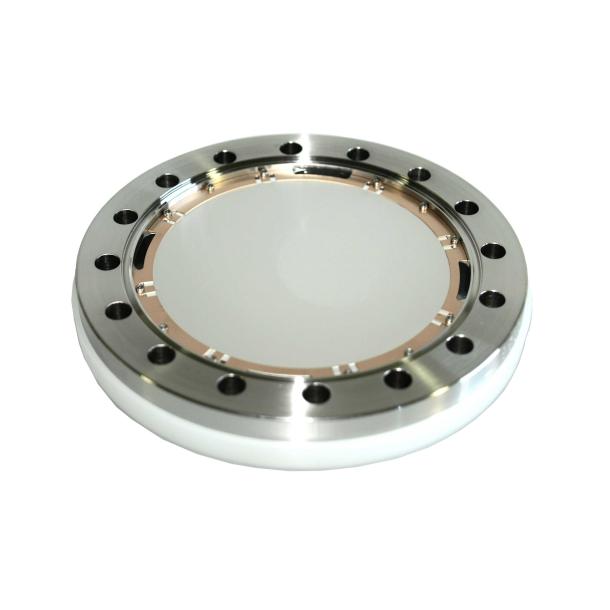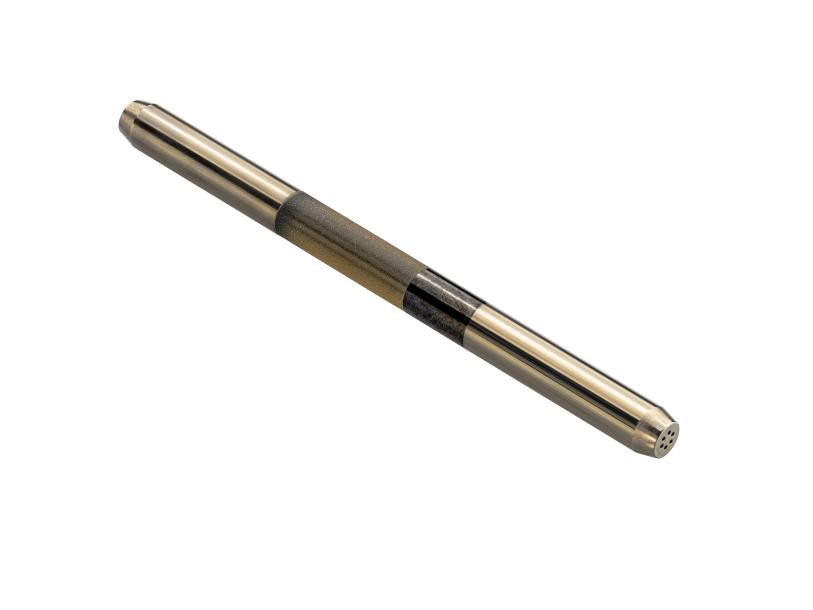Leveraging on 85+ years of innovation, development, and production of market-leading electro-optical detectors, Exosens delivers best-in-class advanced detection solutions. With an extensive portfolio based on state-of-the-art photon, ion, electron, neutron, and x-ray detection technologies, Exosens is a trusted partner for system integrators worldwide.
Exosens’ high-performance, exceptionally reliable detectors form the core of scientific instruments used in fields such as: Mass Spectrometry, Low Light Level Imaging, Single Photon Detection, Space Research, and Non-Destructive Testing.
To ensure that each detection solution meets a broad spectrum of performance requirements, Exosens works closely with R&D and Engineering teams to guarantee that the detector satisfies even the most demanding customer design specifications.
Discover a world of cutting-edge technology with Exosens’ diverse portfolio of detection solutions – Leading you to peak performance!
To explore further, here are some additional resources below to learn more about detection for analytical science and our cutting-edge electro-optical technologies used in the detection and amplification of ions, neutrons, electrons, and photons across various sectors:
- Discover our expertise and powerful solutions in visible technology
- Exploring High-performance ion, electron and photon detection technology
- Read the article redefining single photon detection technology
- Read the article overcoming the technical challenges of single photon detection
- Read the article technical challenges of single photon detection
- Read the article photonis introduces neutronic [i] system for neutron imaging
- Read the article moving to industrial applications: oct enables hi-res non-destructive depth analysis
- Exploring ion and electron detection and discover our detectors and optic components for scientific instruments and mass spectrometry techniques
- Discover Photonis photo-detection and low light conditions imaging Solution
- Discover El-Mul in the fields of analytic SEM and STEM, focused ion beam, mass spectrometry, semiconductor inspection and metrology
- Find additional about detection for analytical science in our resource center
Need some answers? Ask our experts!
Contact usIons & Electrons
Photons
Components
Neutrons
X-Ray & UV
Ions & Electrons
Detectors and optic components for scientific instruments and mass spectrometry techniques
Read more
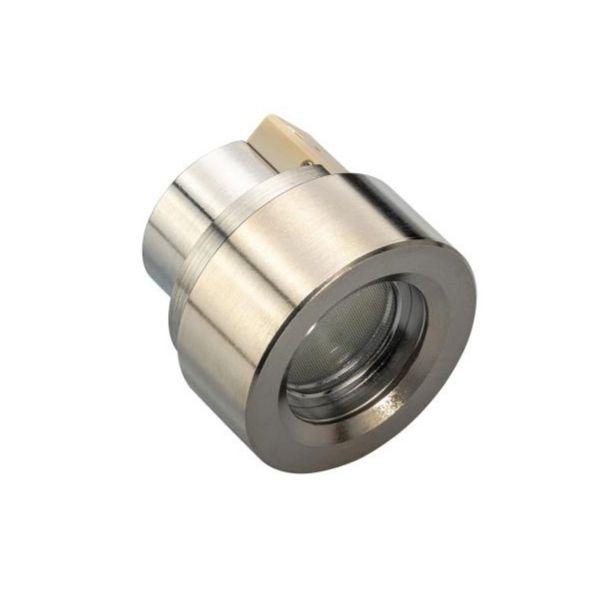



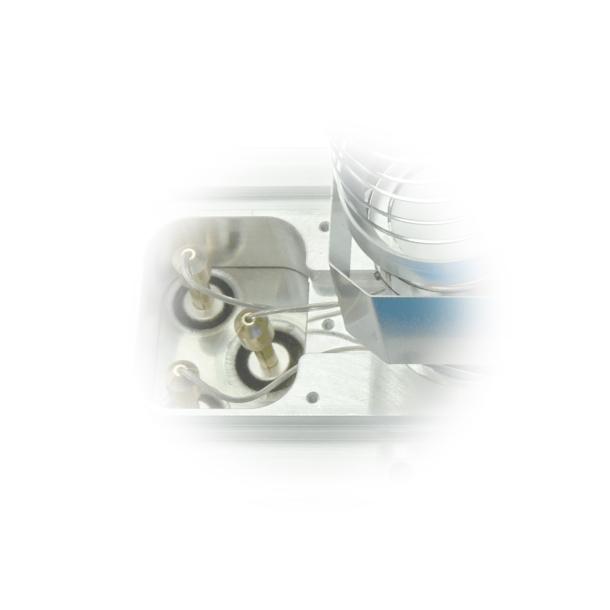






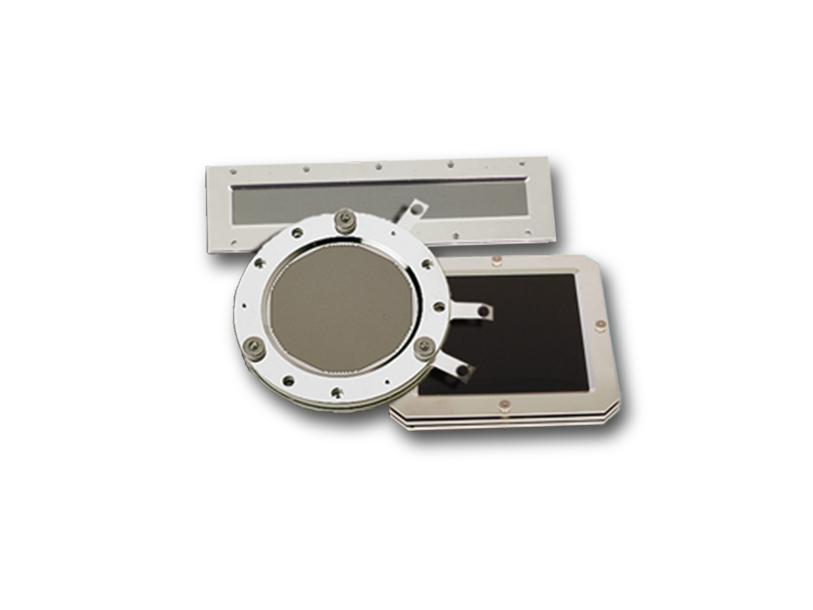

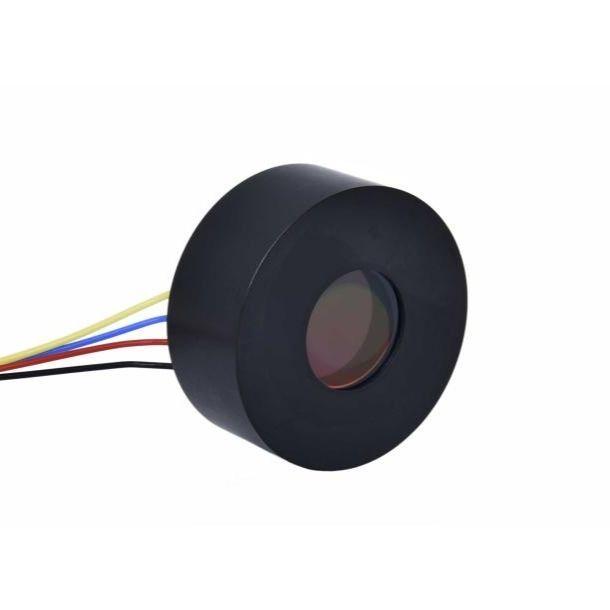

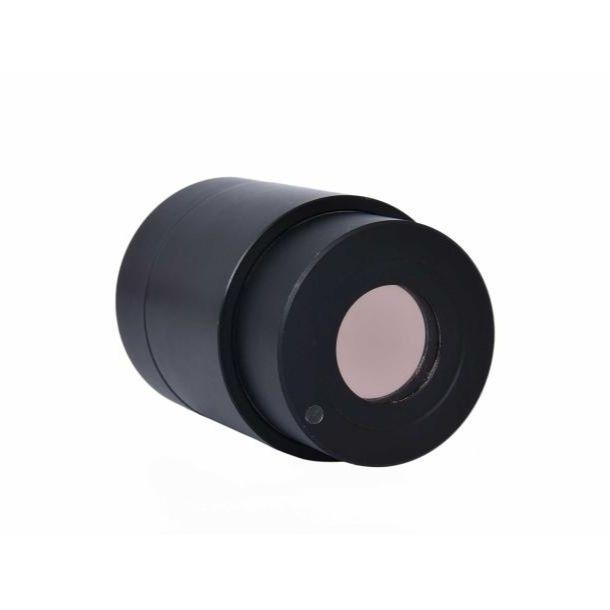

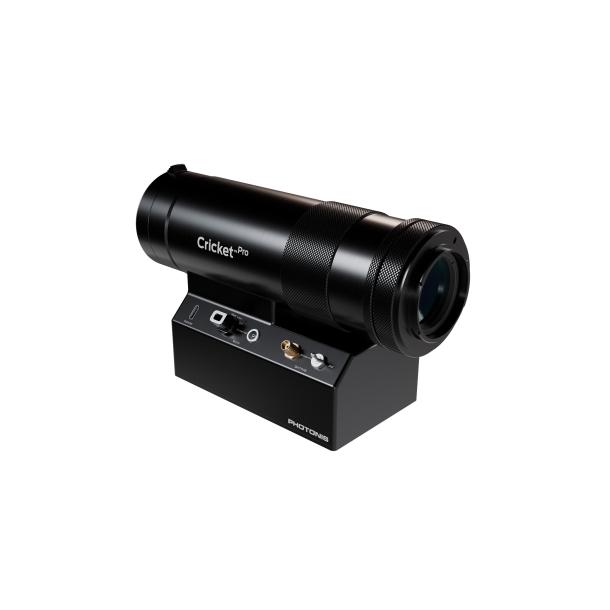

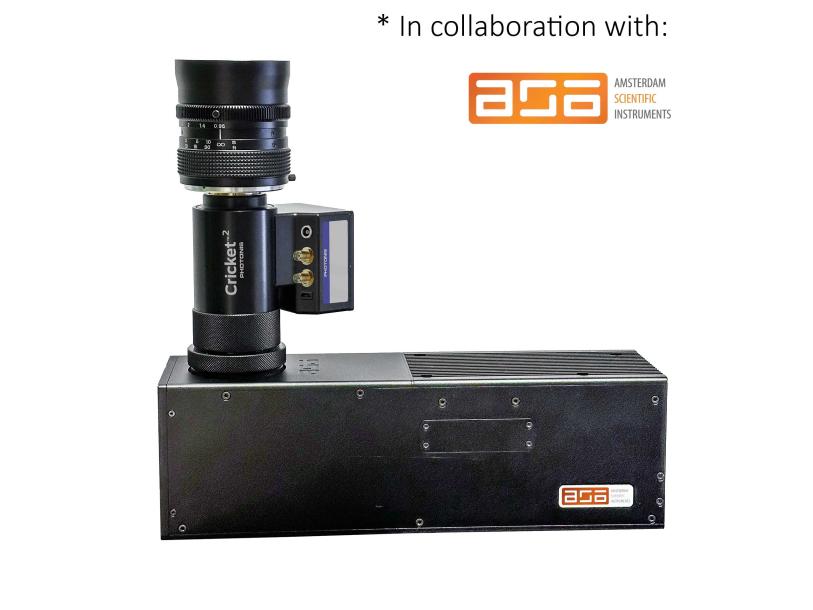



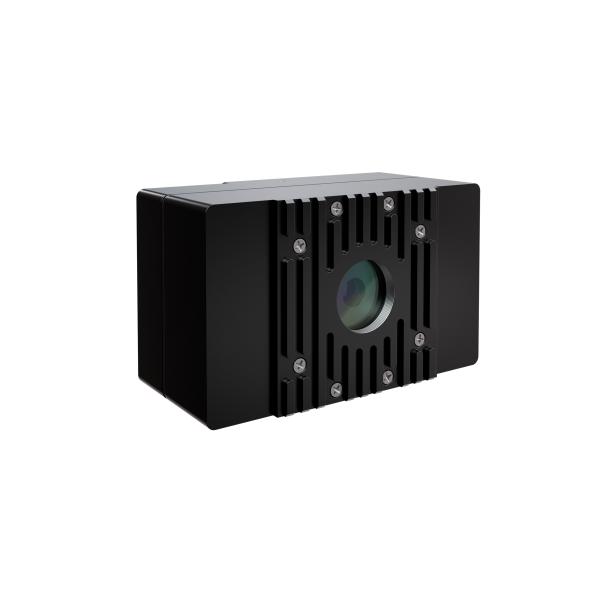

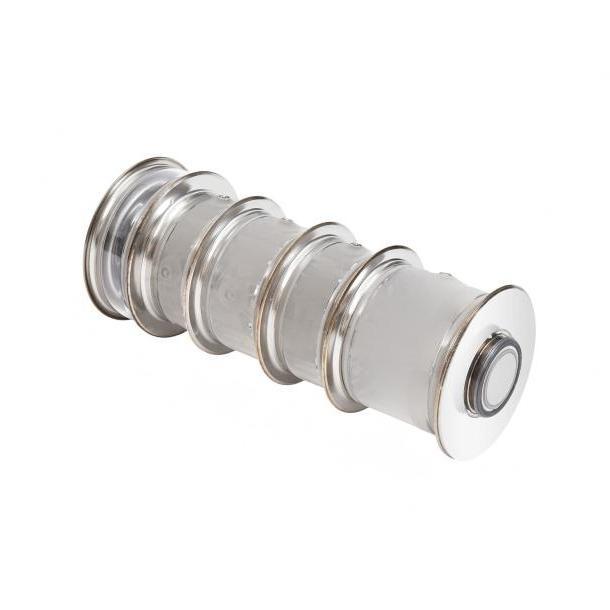

![Neutronic [i] Neutron Imager neutronic.](http://cdn.exosens.com/sites/default/files/styles/product/public/2022-09/neutronic.png?itok=r881fmO8)


Frequently asked questions
How do Vacuum Tube-Based Detectors Work?
Vacuum tube-based Image Intensifier tubes consist of several essential components; a Photocathode, a Microchannel Plate (MCP) and an anode. These components work together to amplify input signal, creating a rich and dynamic output.
In the first step, existing ambient light passes through a photocathode, which converts the incoming photon signal into a photo-electron.
In the second step, photoelectrons are drawn by an electrical field into the MCP where they impinge multiple times on the inner walls and thereby multiply several thousands of times. In photon counting applications the multiplied electron signal is detected using an anode. In the instance of photon imaging applications, the anode converts the electron back into photons to produce an image.
What are the Main Benefits of Vacuum Tube-Based Detectors?
Vacuum tube-based single photon detectors offer several benefits for single photon detection applications compared to other technologies. Here are some of the main advantages:
- High sensitivity: Vacuum tube-based detectors are capable of detecting extremely low levels of light, down to the single photon level. This makes them well-suited for applications that require high sensitivity, such as quantum optics, fluorescence spectroscopy, and low-light imaging.
Wide spectral range: Vacuum tube detectors have a wide spectral response range, spanning from ultraviolet (UV) to near-infrared (NIR) wavelengths. This versatility allows them to be used in a broad range of applications across different scientific disciplines.
Fast response time: MCP-PMTs have fast response times, typically in the sub-nanosecond range. This enables them to accurately capture fast events or rapidly changing light signals, making them suitable for time-resolved measurements and applications requiring high temporal resolution.
Large active area: MCP-PMTs have relatively large active areas compared to other single photon detectors. This makes them capable of detecting photons over a larger spatial area, which is advantageous for applications such as imaging and light detection in broad fields of view.
Low noise: Vacuum tube-based detectors exhibit low noise characteristics, allowing for excellent signal-to-noise ratios. This is especially important for detecting weak light signals and enhancing the accuracy of measurements.
High gain: MCP-PMTs provide high gain amplification due to their electron multiplication stages. Each photon that enters the detector can generate a cascade of electrons, resulting in a significantly amplified output signal. This high gain makes it easier to detect and measure single photons with improved signal quality.
Versatility: Vacuum tube-based detectors can be used in a wide range of experimental setups and configurations, including single photon counting, photon correlation spectroscopy, fluorescence lifetime measurements, and many others. They are adaptable to different experimental requirements and can be integrated into various optical systems.
What are the Limitations of Current Single Photon Detection Technologies?
Current single photon detection technologies often struggle to achieve high performance across all relevant metrics, such as sensitivity, timing resolution, spatial resolution, and spectral resolution, without compromising on other aspects of detector performance.
What are the Potential Applications of Single Photon Detection in the Future?
Single photon detection has potential applications in a wide range of fields, including quantum communication and computing, biomedical imaging, LIDAR, astronomy, and remote sensing.
How do Researchers Plan to Overcome these Technical Challenges?
Researchers are exploring novel materials, device architectures, and fabrication techniques to address the technical challenges in single photon detection. This includes the development of new materials, such as 2D materials or perovskites, improved detector designs, advanced signal processing algorithms, and innovative cooling and shielding techniques. By pushing the boundaries of what is possible in single photon detection, researchers aim to unlock the full potential of this groundbreaking technology for a wide range of scientific and industrial applications.
How Does a Channeltron Work?
A Channeltron is an electron multiplier that is comprised of a hollow, semiconductive glass “channel” which has an ability to conduct (or transmit) electricity. Channel electron multipliers directly detect and amplify energetic photons and charged particles such as positive and negative ions, electrons and assorted molecular and subatomic particles. When an ion strikes the input face of the device, it causes the electrons on the outermost area of the atom to be released, causing a secondary electron emission. The number of secondary electrons released depends on several factors, such as the type of particle, the angle at which it strikes the surface, and the energy and characteristics of the surface that is struck. These electrons are then accelerated down the channel by a positive bias current which continues to produce additional secondary electron emissions (and so on) until, at the output end of a pulse of 107 to 108 electrons emerges.
The diagram below provides a visual representation of the working principle of Channeltron operation:
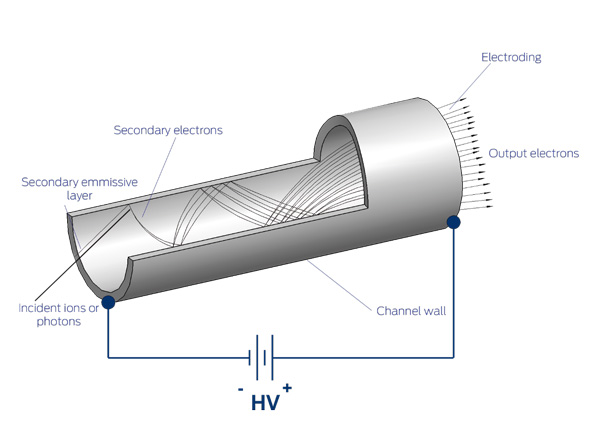
Photonis is the pioneer of Channeltron® Electron Multiplier technology, we possess the knowledge and expertise to recommend the ideal detector for your instrument. For years, customers have been using Channeltrons® because of their superior ability to provide the most accurate analysis. Find out why Channeltrons® are the premium choice among instrument manufacturers.
Technologies
See all
Ions & electrons detection technology
Discover technologies from both El-Mul and Photonis in the fields of high-performance ion, electron, and photon detection...

Visible technology
Explore the evolving world of visible technology that unlocks possibilities across various industries. Discover our expertise and solutions, shaping the future.

Ultra violet technology
Ultraviolet or UV, is a wavelength range below 400 nm or shorter than the visible wavelength. Explore Ultraviolet imaging technology across the full spectrum of UVA, UVB, and UVC

X-Ray technology
X-Radiation is a revolutionary scientific technology that has significantly and positively impacted various applications...
What's new in Detection & Imaging for Analytical & LifeSciences?
See all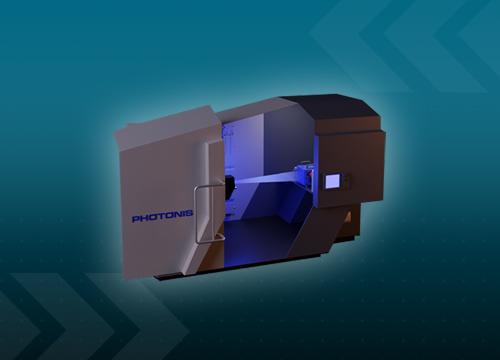

Coronado Springs Resort and Convention Center .
FROM Oct 06th 2025 TO Oct 09th 2025
ASNT exhibition 2025
Join Exosens at ASNT 2025 Annual Conference - Coronado Springs Resort and Convention Center – Orlando, FL Booth: #1128

Baltimore Convention Center.
FROM Jun 01st 2025 TO Jun 05th 2025
ASMS 2025
Visit Photonis at ASMS 2025 - Booth: #322 - Baltimore, MD Explore Next-Generation Detection Technologies with Photonis
